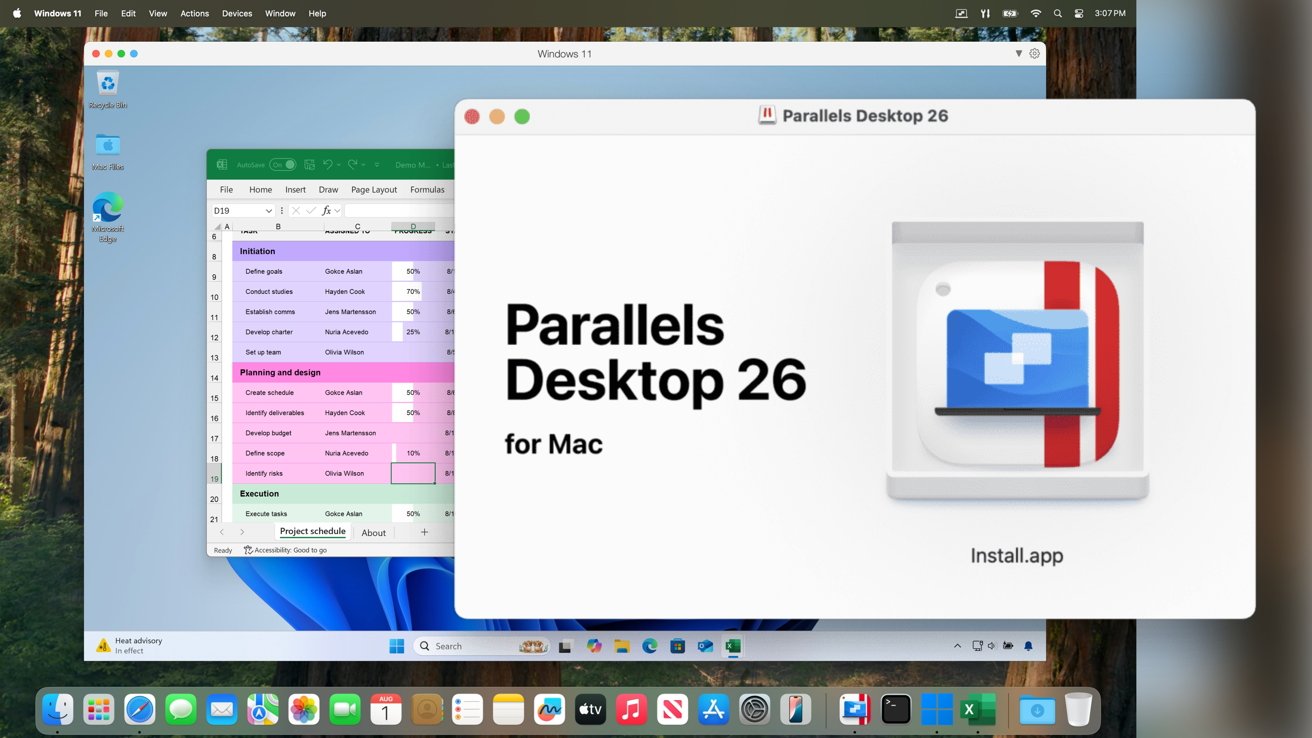In today’s fast-paced technological landscape, purchasing a new iPhone is a significant decision that warrants careful consideration. With the recent introduction of tariffs affecting Apple’s supply chain and potential price fluctuations on the horizon, it’s essential to evaluate various factors to ensure your investment aligns with your needs and expectations. This comprehensive guide will explore critical aspects to consider before making your iPhone purchase.
Understanding the Impact of Recent Tariffs
On April 2, 2025, the U.S. administration announced new tariffs on goods imported from China and India, directly impacting Apple’s supply chain. These tariffs have led to concerns about potential price increases for Apple products, including iPhones. In response, Apple has taken proactive measures, such as stockpiling inventory and diversifying its manufacturing base to India, to mitigate the immediate effects on pricing. While no official price adjustments have been announced, it’s prudent to stay informed about potential changes in the coming months.
Assessing Your Immediate Needs
Before succumbing to the urgency created by potential price hikes, evaluate your current situation:
– Urgent Replacement: If your current phone is malfunctioning or lost, purchasing an iPhone now may be necessary.
– Upcoming Releases: If you’re interested in the latest technology, consider waiting for the iPhone 17, expected in September 2025, keeping in mind potential price increases due to tariffs.
– Current Satisfaction: If your existing device meets your needs, there may be no immediate need to upgrade.
Key Factors to Consider Before Purchasing an iPhone
1. Model Selection
Apple’s iPhone lineup offers various models, each catering to different preferences and budgets. Consider the following:
– Standard Models: Suitable for everyday use with essential features.
– Pro Models: Offer advanced features like higher refresh rates and enhanced camera systems.
– Budget-Friendly Options: Older models or the iPhone SE provide a balance between performance and cost.
Evaluate your usage patterns and select a model that aligns with your requirements.
2. Display and Refresh Rate
The display quality significantly impacts user experience. Pro models feature a 120Hz refresh rate, providing smoother scrolling and responsiveness, while standard models have a 60Hz refresh rate. Determine if this difference is noticeable and important to you.
3. Battery Life
Battery performance varies across models. Larger devices often house bigger batteries, offering extended usage. Assess your daily usage and choose a model that can accommodate your needs without frequent recharging.
4. Storage Capacity
iPhones come with storage options ranging from 64GB to 1TB. Consider your storage needs for apps, photos, videos, and other data. Opting for higher storage may be beneficial if you anticipate substantial usage, as iPhones do not support expandable storage.
5. Camera Capabilities
Camera quality is a pivotal factor for many users. Pro models typically offer advanced camera systems with features like telephoto lenses and enhanced low-light performance. If photography is a priority, investing in a model with superior camera capabilities is advisable.
6. Operating System and Longevity
Apple provides software updates for approximately five to six years, ensuring device longevity. However, newer models may receive updates for a longer duration. Consider the model’s release date to maximize the period of software support.
7. Connectivity Options
With the advent of 5G technology, newer iPhone models offer faster internet speeds and improved connectivity. If staying current with the latest network technology is important to you, ensure the model you choose supports 5G.
8. Design and Aesthetics
The design, color options, and overall aesthetics of the iPhone may influence your decision. Choose a model that appeals to your personal taste and style preferences.
9. Environmental Considerations
If sustainability is a concern, consider purchasing refurbished or second-hand iPhones. This choice not only reduces electronic waste but also offers cost savings.
10. Resale Value
iPhones generally maintain higher resale values compared to other smartphones. If you plan to upgrade in the future, this factor can offset the cost of your next device.
Purchasing a Used iPhone: Additional Considerations
If you’re considering a pre-owned iPhone, take the following steps to ensure a satisfactory purchase:
– Physical Inspection: Examine the device for any signs of damage or wear.
– Verify Model and Specifications: Confirm the exact model and its features to ensure it meets your expectations.
– Check for Activation Lock: Ensure the device is not linked to the previous owner’s Apple ID, which can prevent activation.
– Battery Health: Assess the battery’s maximum capacity; a health below 80% may require replacement.
– Original Parts and Warranty: Verify that the device contains original components and check if any warranty remains.
– Test Functionality: Evaluate all features, including the camera, speakers, and buttons, to ensure they operate correctly.
– Request Documentation: Ask for the original box, receipt, and any related accessories to confirm authenticity.
– Compare Pricing: Research current market values to ensure you’re paying a fair price.
– Purchase from Reputable Sources: Buy from trusted sellers or platforms to minimize the risk of fraud.
Conclusion
Purchasing an iPhone is a significant investment that should be approached with careful consideration. By evaluating your personal needs, staying informed about market conditions, and thoroughly researching your options, you can make an informed decision that aligns with your preferences and budget. Whether opting for the latest model or a pre-owned device, taking the time to assess these factors will enhance your overall satisfaction with your purchase.



